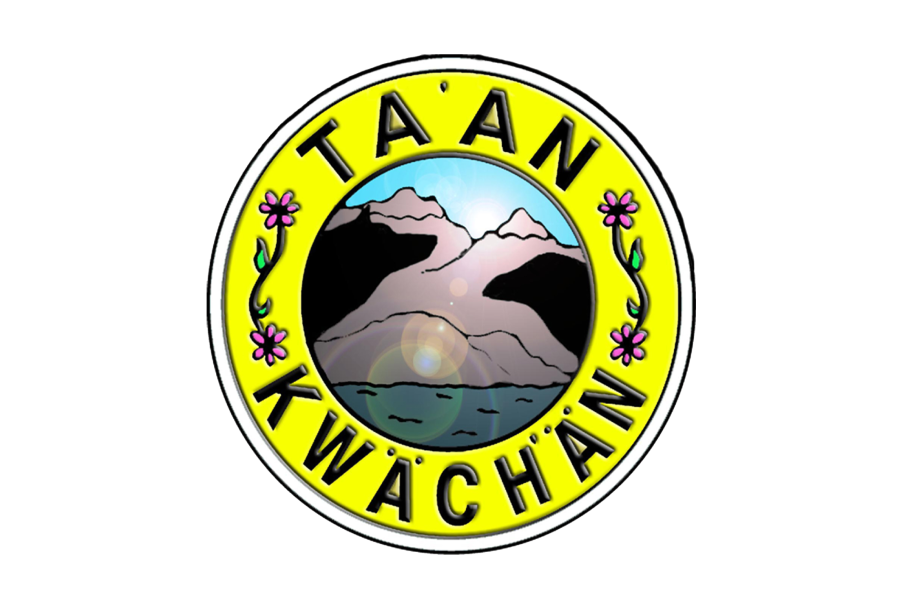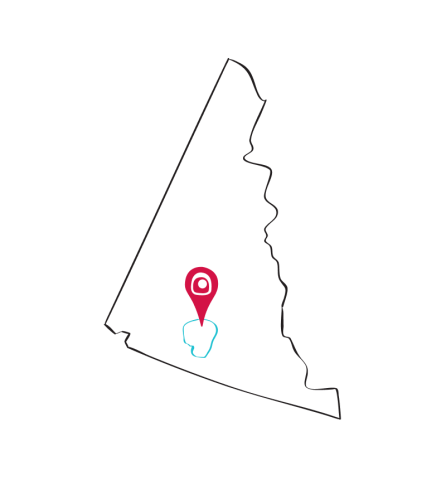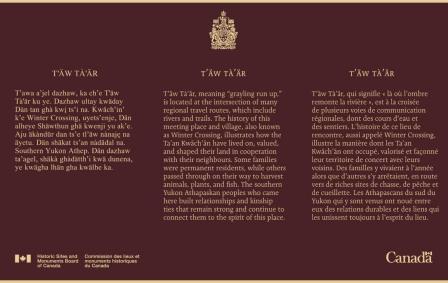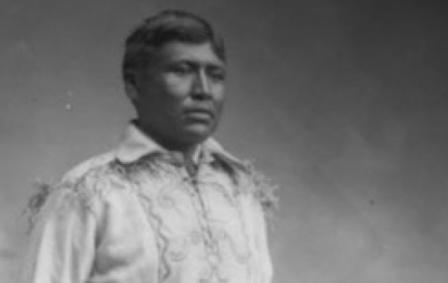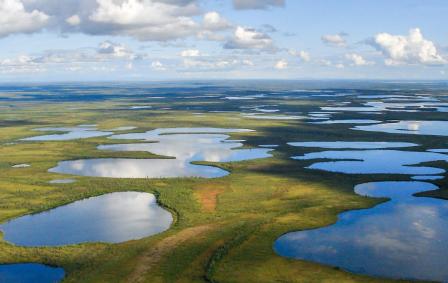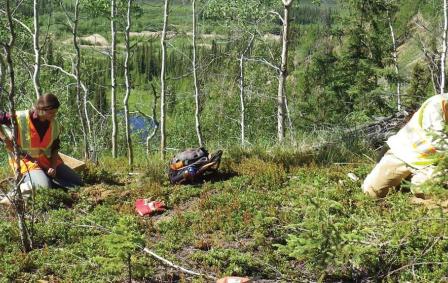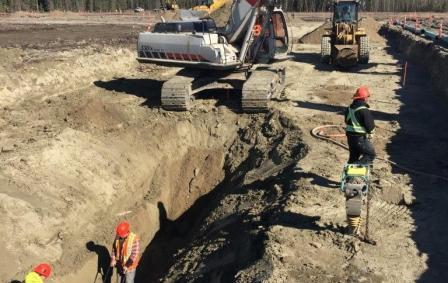Related Content
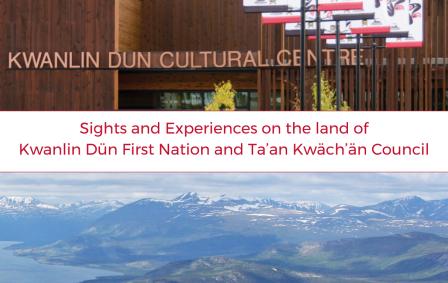
Kwanlin Dün First Nation and Ta’an Kwäch’än Council Points of Interest
Home to the Kwanlin Dün First Nations and the Ta'an Kwäch'än Council, there is so much to see and experience in and around Whitehorse. With the help of our friends at Indigenous Yukon, we’ve put together a list of unforgettable sights and sounds that celebrate the culture, heritage, and beauty of this place.
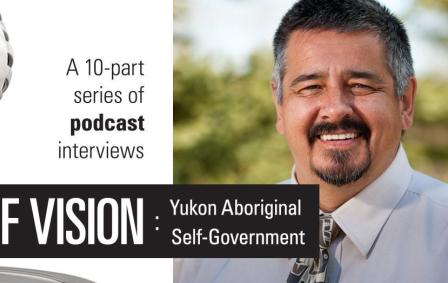
Voices of Vision: An interview with John Burdek
John Burdek has long been a familiar face at many levels of government in the Yukon. Burdek, served as chairperson of the Ta'an Kwach'an Council, the First Nation of which he is a member, leading its transition from an Indian Act band to a self-governing First Nation.
